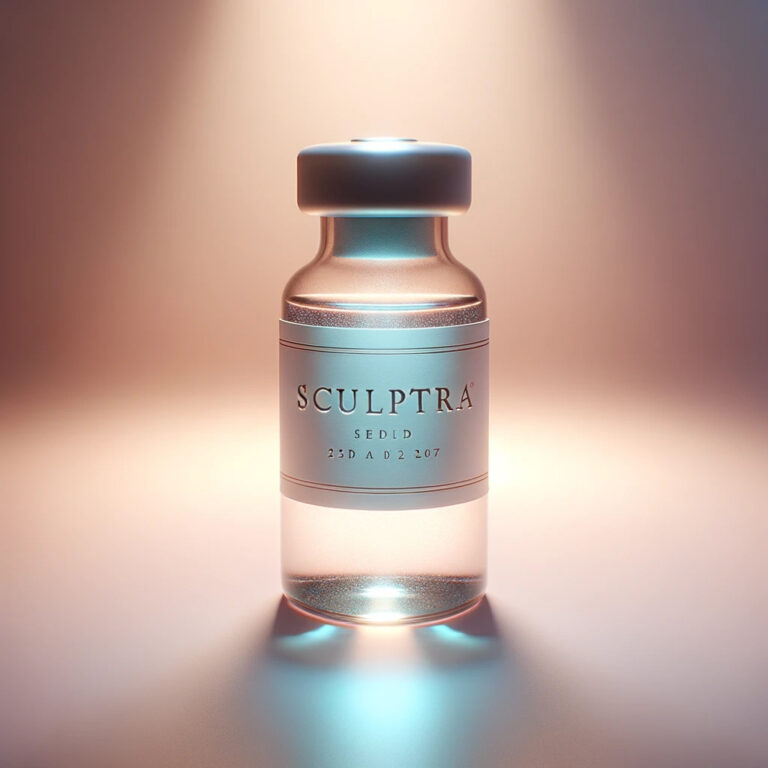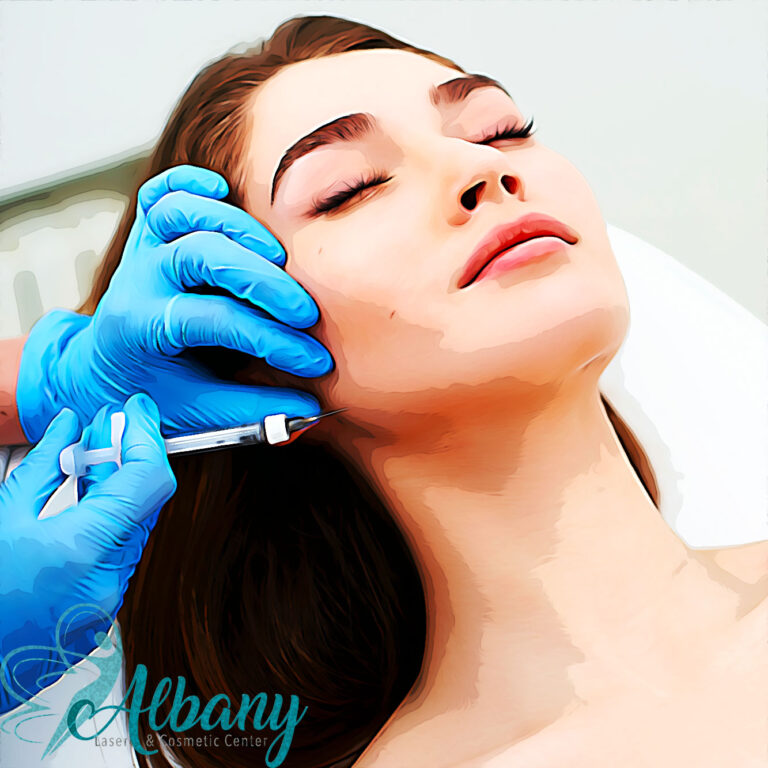
The Science Behind Fat Freezing: Understanding Cryolipolysis
Cryolipolysis, or fat freezing, is a cutting-edge method to reduce localized fat deposits without the need for surgery. Here’s an in-depth look at the scientific principles that underpin this innovative technique. This technology is the core of Coolsculpting machine
Dr. Kamal Alhallak
Client Reviews and Testimonials
Move the Slider to Witness the Difference
Move the slider to see the difference after the treatment.
To browse more pictures, please visit our results page.
Preparation and Aftercare Timeline
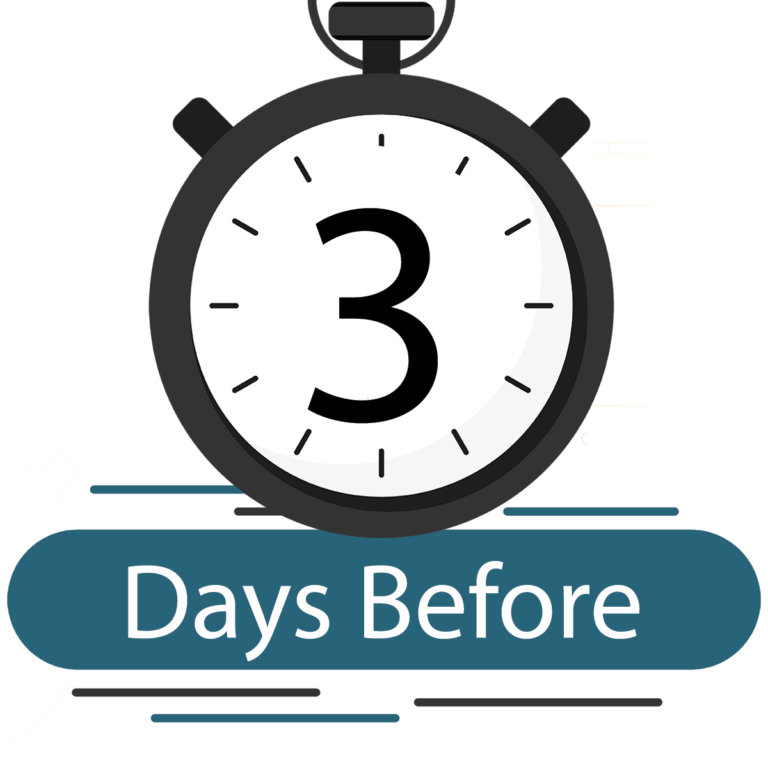
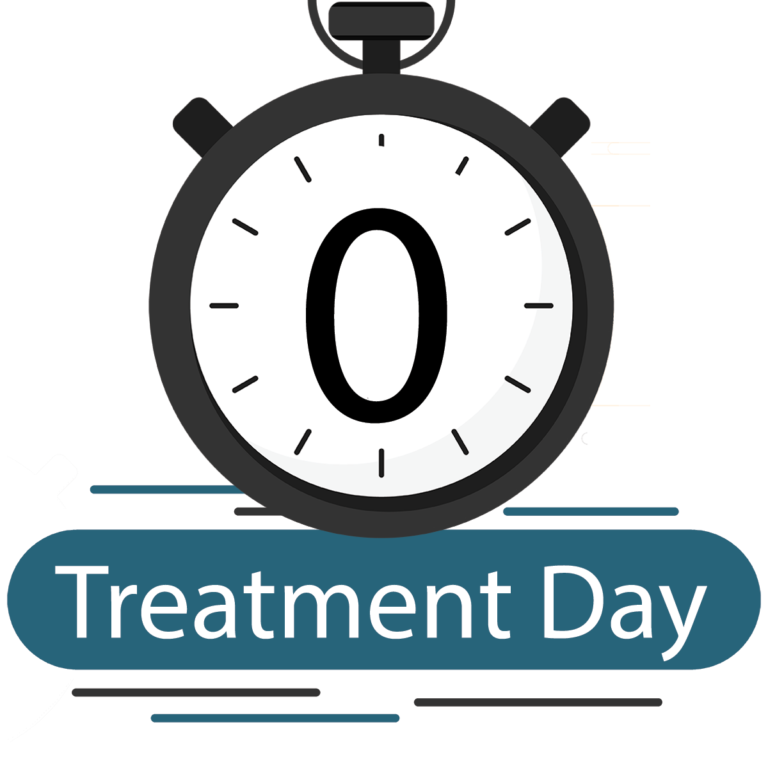
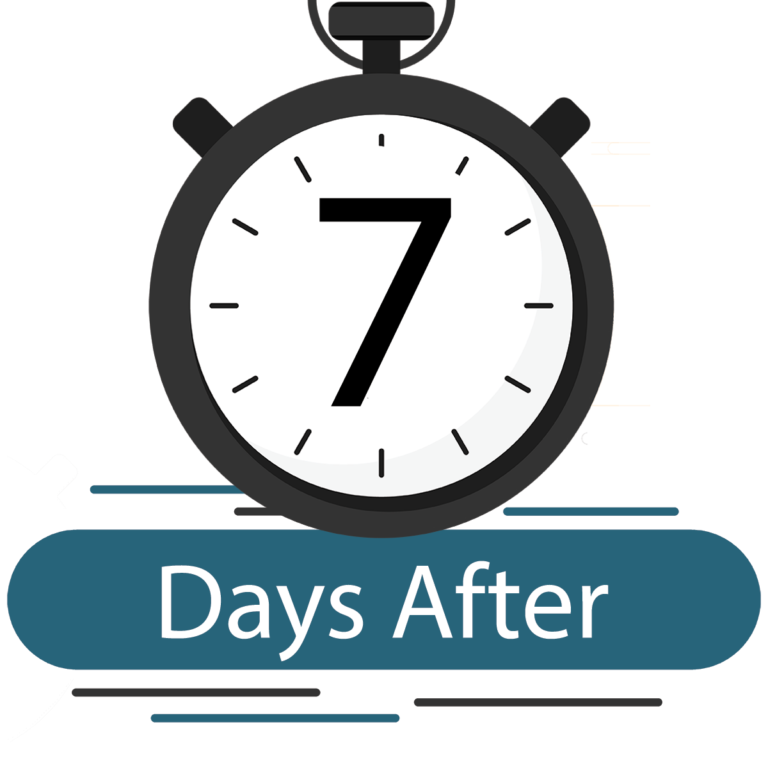
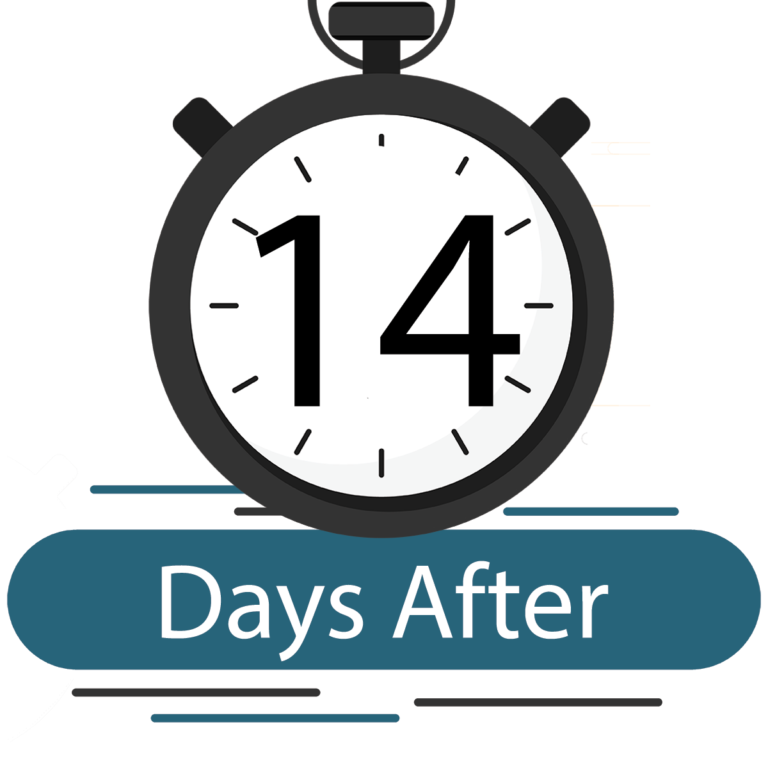

Thermodynamics and Selective Cryolysis and Fat Freezing Edmonton
Fat cells, or adipocytes, have been found to be more susceptible to cold injury than surrounding tissues. Cryolipolysis takes advantage of this differential vulnerability by selectively targeting fat cells with controlled cooling. The precise temperature range is critical, as it allows for the destruction of adipocytes without harming neighboring cells.
Once the fat cells are exposed to a specific cooling temperature, they undergo apoptosis, a form of programmed cell death. Unlike necrosis, which is a chaotic and uncontrolled form of cell death, apoptosis is a highly regulated and controlled process that doesn’t trigger an inflammatory response.
Intracellular Ice Formation
At the chosen temperature, the water inside the adipocytes forms ice crystals. These crystals disrupt the cellular membrane and organelles, leading to the activation of enzymes called caspases. Caspases play a vital role in dismantling the cell’s structural components.
Inflammatory Response and Phagocytosis
Following the disruption of the fat cells, macrophages, a type of immune cell, are attracted to the area. They engulf the fragmented cellular components in a process known as phagocytosis. This orchestrated immune response facilitates the clearance of cellular debris without inducing a harmful inflammatory reaction.
Metabolization and Excretion
The lipid content released from the destroyed fat cells is transported to the liver, where it undergoes metabolization. The remnants are then excreted through the body’s natural waste elimination pathways.
Long-term Outcomes and Safety
Cryolipolysis results in a permanent reduction of fat cells in the targeted area, and the effects are typically visible several weeks after the procedure. Extensive clinical studies have demonstrated the safety of cryolipolysis, with minimal risk of adverse effects, provided the treatment is conducted under the supervision of trained medical professionals.
Conclusion
Cryolipolysis represents a scientific and technological advancement in the field of aesthetic medicine. By employing the principles of thermodynamics, cellular biology, and immunology, it provides a non-invasive solution for fat reduction. The success of cryolipolysis underscores the potential of targeted therapies based on the precise understanding of cellular responses to environmental stimuli.
If you’re interested in further exploring this treatment at Albany Cosmetic and Laser Centre in Edmonton, our team of experts is ready to provide detailed insights into the science of cryolipolysis and how it can be tailored to your unique needs.
How to prepare for a fat-freezing session?
What to expect during and after the procedure?
Tips for maintaining your results after fat freezing
Discover More Services We Offer

